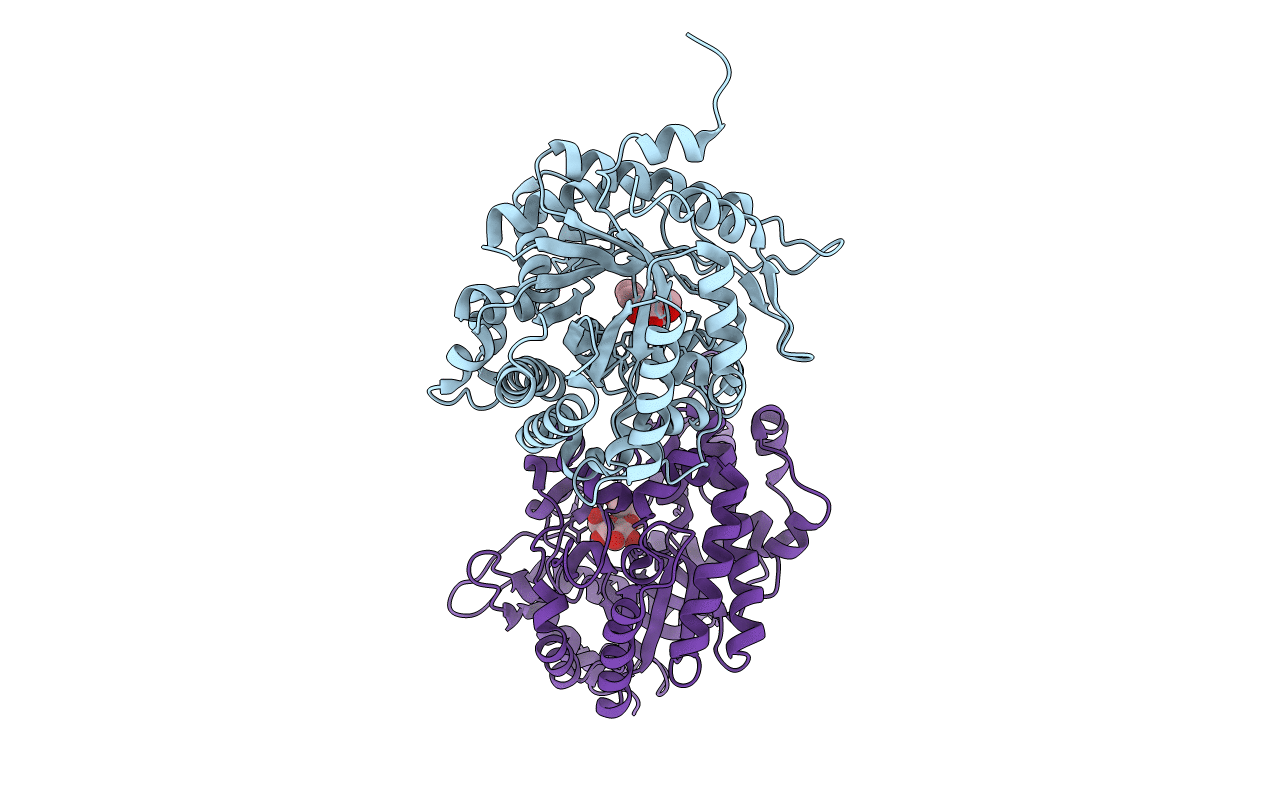
Deposition Date
2019-04-28
Release Date
2019-10-09
Last Version Date
2024-01-24
Entry Detail
PDB ID:
6RJO
Keywords:
Title:
Complex structure of virulence factor SghA with its substrate analog salicin
Biological Source:
Source Organism:
Agrobacterium tumefaciens A6 (Taxon ID: 1453998)
Host Organism:
Method Details:
Experimental Method:
Resolution:
1.80 Å
R-Value Free:
0.20
R-Value Work:
0.17
R-Value Observed:
0.17
Space Group:
P 21 21 21


